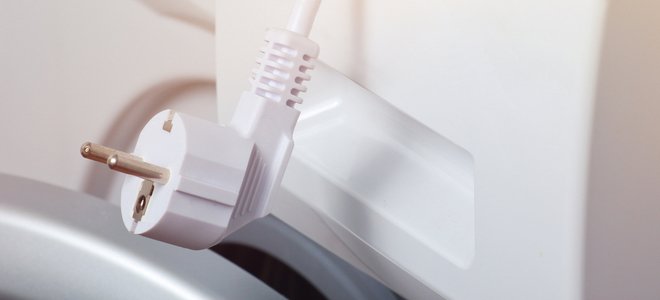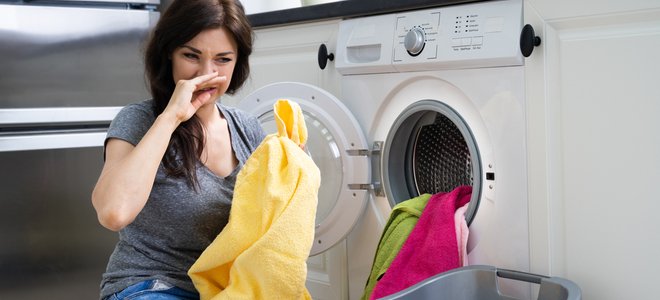 1-8 hours • Intermediate • 0-1,000
1-8 hours • Intermediate • 0-1,000
Front-loading washers have risen in popularity due to ease of use and water-efficiency. Yet, like every appliance, your front-load washing machine will have bad days. When the error messages start flashing, or you get no action at all, run through the possibilities before calling in a repairman.
It’s a Shaker
A machine that vibrates wildly, perhaps even moving across the floor as it does, is almost certainly uneven on its feet. Grab your level and place it on top of the machine, first side to side and then front to back. If the bubble is off-center, twist the feet on the bottom of the washer to raise or lower it as needed until it’s even all the way around.
It’s Powerless
If the machine fails to light up, start by checking the cord. Ensure it’s plugged firmly into the wall. Then go to the circuit box. Turn the associated circuit breaker off and back on. If it doesn’t provide power, plug another small appliance into the outlet to see if it works. If it does, it’s the machine and not the outlet. If it doesn’t, there’s a problem with your outlet.

It’s Faulty
There are several codes that can pop up on your washing machine display. Use your manual or the internet to decipher what the code means. Each brand has their own fault codes, but they indicate similar, and common, problems. An off-balance load won’t spin or drain properly. When this happens, remove some bulky items or move items around and try again.
Failure to drain water is another common code. This can mean your drain pump isn’t working properly. It may just be clogged, or it may need to be replaced. Also check the drain hose for debris build up.
It’s Locked
If your door remains locked at the end of the cycle, or you need access when it freezes in the middle of a cycle, you’ll need to locate the emergency door release. This varies by brand. Check the owner’s manual for its location, which is commonly under the lower kick panel, behind the filter cover, or under the top panel.

It’s Not Agitated
When the washing machine fails to agitate or spin, your problem could be the door switch. Start by removing the door switch. Take an ohm reading of the lower terminals and compare it to the recommended manufacturer’s readings. Refer to the tech sheet for comparison.
It’s Waterless
You may discover a fault code identifying the problem or you just may notice there’s not enough water in the machine. When this happens, make sure the water is on at the faucet behind the machine. Also make sure the hose doesn’t have any blockages, including at the built-in screens on either end. You may also have a faulty flow meter, which will restrict the amount of water entering the machine.
It’s Smelly
Washing machines have a difficult job. Sometimes that work wears off in the form of stinky grime or mucky water. Most commonly the smells are coming from around the rubber gasket. Be sure to clean the door seal regularly, removing debris and wiping it down. Also locate the drain hose, typically in a front-access point. Drain the water once a month and remove any debris from the filter.

It’s Gunky
If your liquid fabric softener, bleach, or detergent aren’t getting to your laundry, it’s not getting very clean. Some products tend to gunk up inside the dispenser, but it might be behind the space you can see when you add them. To check, pull your dispenser out as far as it will go. Then look for a tab near the back that depresses to release the dispenser completely. Once out, clean it thoroughly and wipe out the area where it goes. You could have a blockage where the water comes in or where the detergent leaves the dispenser.
It’s Watery
It’s not uncommon for smaller articles to become stuck behind the gasket in the front. This can cause a number of problems, such as blocking the drain to the filter below. When this happens you may see water collecting in the front of the machine. But it is an easy fix. Open the washing machine door and manipulate the gasket. Push it away and clean out the area closest to you. Then pull it towards you and wipe out the back. Finally, separate the middle sections and remove any debris from the area.
Source link : https://www.doityourself.com/stry/front-load-washer-troubleshooting












